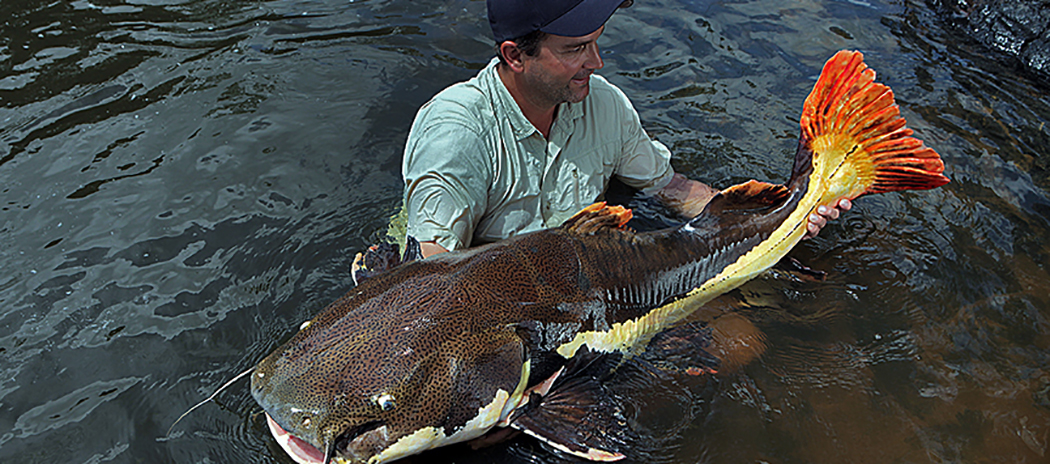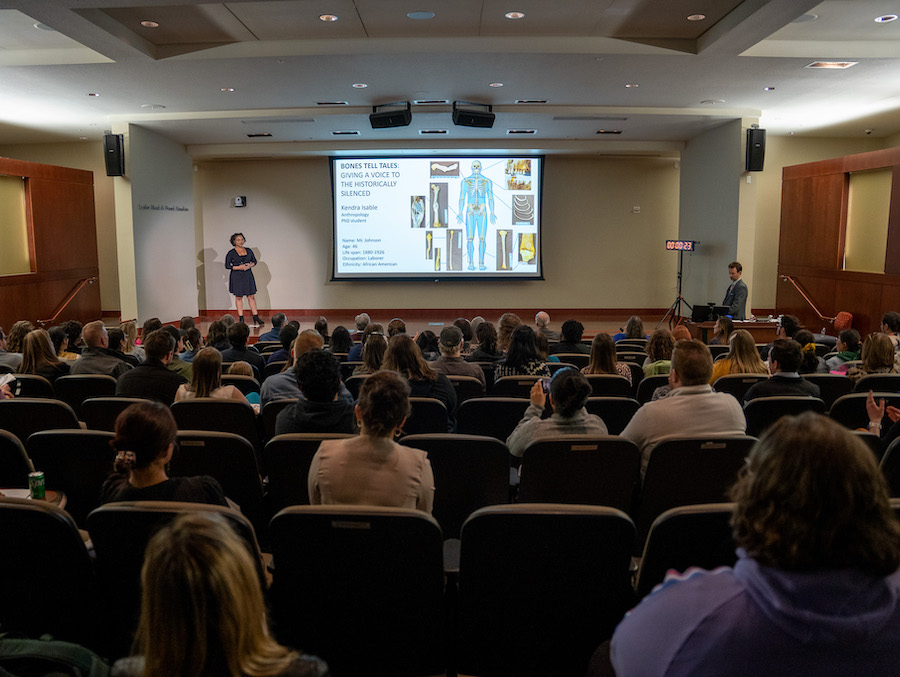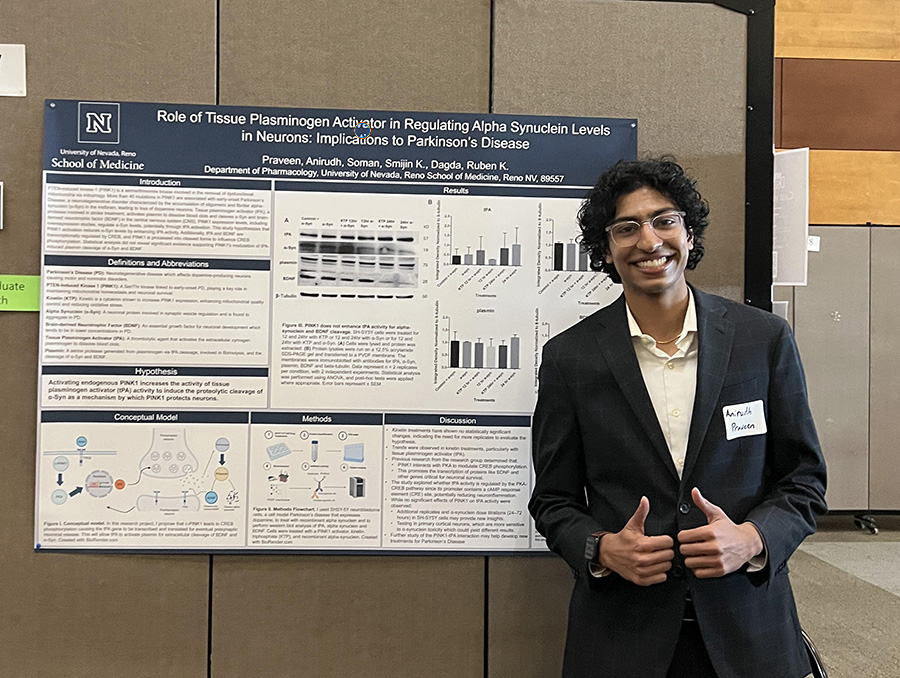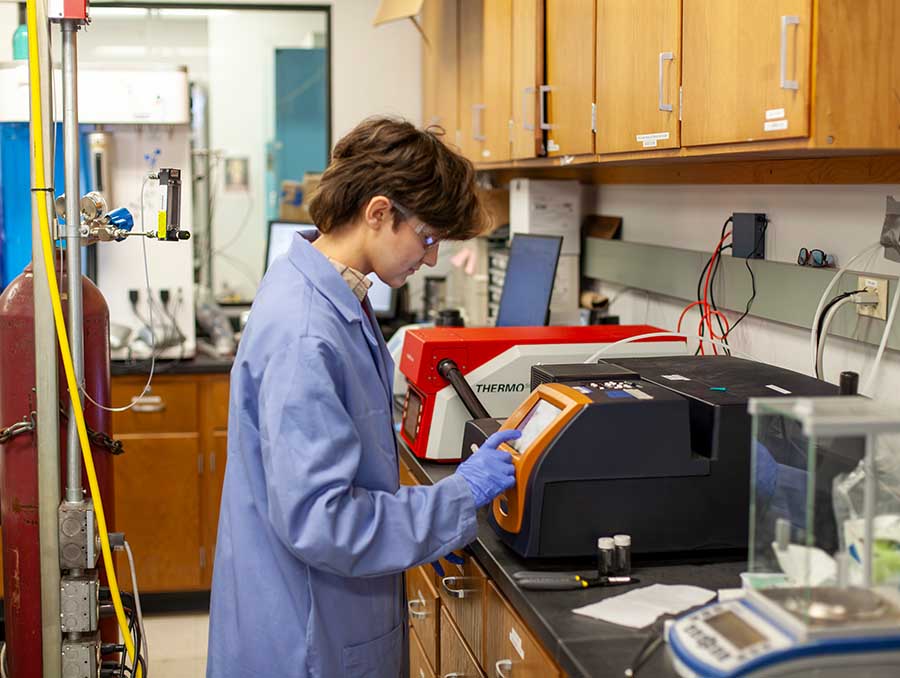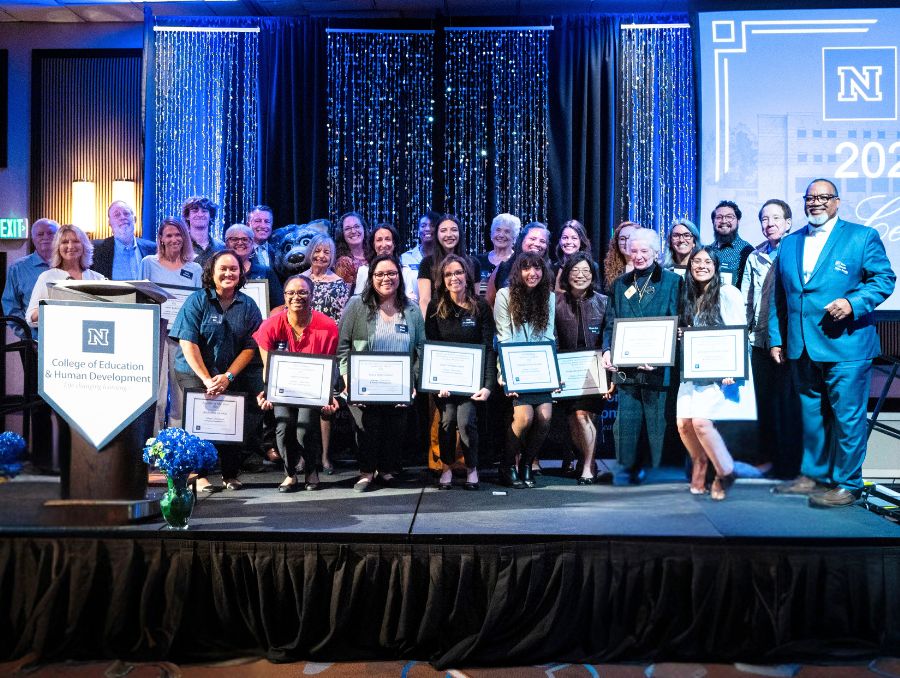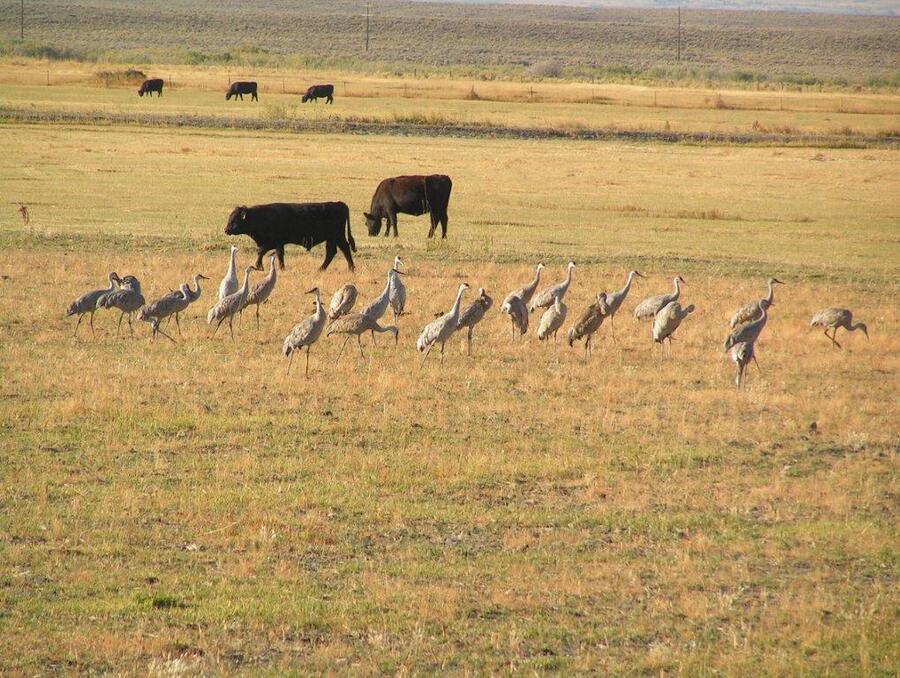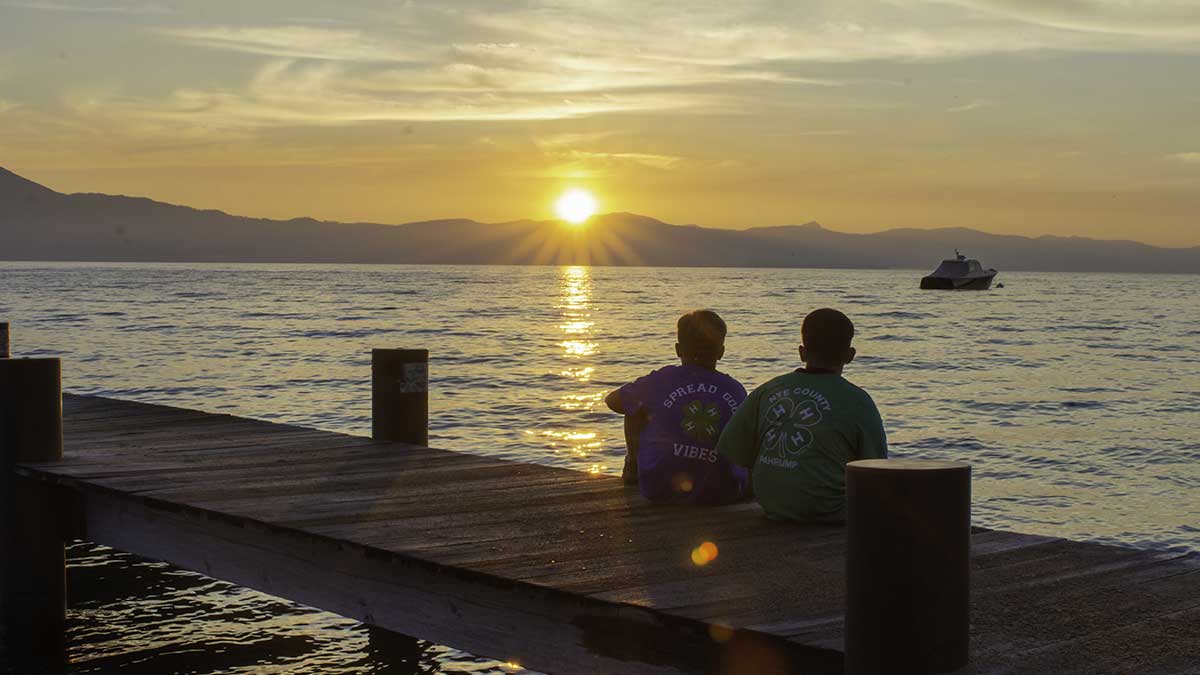Catfish that eat pigeons, huge groupers that eat sharks and saber-toothed Payara that spear their prey with six-inch long fangs are featured this year in the Nat Geo Wild's Monster Fish show starring Zeb Hogan, a University of Nevada, Reno ecology biologist and research assistant professor.
"Pound for pound, we found some of the largest freshwater fish ever, in all of our years of filming - and many are the largest freshwater fish seen anywhere in 2015," Hogan said.
Hogan travels the globe to find, study and protect the world's largest freshwater fish. He chronicles his travels on Nat Geo WILD's popular series Monster Fish. The new season features four new freshwater giants, all unusual, and three "with some of the craziest attributes we've seen."
- "I hear stories of Goliath Grouper attacking divers and even eating sharks," Hogan said. "We found a 300-pound Goliath with a shark bite in its side - not sure what the shark looked like." Hogan traveled to Florida to examine the conservation status of Goliath Grouper and the current debate about their protection. He heads out to tag and release grouper with local scientists and to fish for them with a local angler and volunteer "citizen scientist." The Goliath show airs at 9 p.m. on Friday, Jan. 22.
- Hogan investigates stories of Argentina's very large Short-Tailed River Stingray. "Very few large specimens have been seen," he said. "We were fortunate to find, after two weeks on the Parana River fishing with locals, several rays - one of which was the largest seen in the area in 2015, weighing 400 pounds." The show airs at 9 p.m., Friday, Jan. 29.
- "You don't believe until you see it, a fish coming up on shore to attack pigeons," Hogan said. "I traveled to France to investigate these stories of the invasive Wels catfish beaching themselves to feed on pigeons. I met up with local scientists to observe this unusual behavior, and sure enough, the fish sneak up on the pigeons and slide up onto shore to attack." The show includes slow motion footage of giant catfish attacking pigeons, as well as underwater footage, and video of some of the largest Wels caught in France in 2015, including an 8-foot-long. The "Giant Killer Catfish" episode airs Friday, Feb. 5 at 9 p.m.
- "We found the Payara just below the Corona Falls on the Rewa River in Guyana," he said. "It's on the small side for megafish, at 40 pounds and 4 feet long, but is unusual as a predator with its huge fangs. It hunts by spearing fish with its long, pointy teeth." In the show, Hogan explores why the fish looks the way it does, and how effective a predator it is, competing with piranha, giant catfish and electric eel. The show, which was the season premiere, can be viewed online on the Nat Geo WILD website.
Hogan's adventures in 2015 also took him to Cambodia where he helped tag and release a rare 7-foot Mekong Catfish, he caught and released a 100-pound Redtail Catfish and in Guyana he found a fish that he's been hunting for 15 years.
"It may not be the biggest fish I ever found, but when I was in Guyana in the Rewa River, we caught a 110-pound Jau, or gilded catfish, which grows to be one of the biggest catfish in the world and one of the three largest in South America" Hogan said. "This is a fish I'd never seen before; it's been on my bucket list for 15 years. I've studied catfish all over the world and this is the first time I've seen a big Jau catfish in the wild."
The National Geographic Society has supported Hogan's work since 2002, including the Monster Fish project for the past 10 years. Last year National Geographic debuted a traveling museum exhibition, Monster Fish: In Search of the Last River Giants, at the National Geographic Museum in Washington, D.C.
The exhibition is now in Reno, for which the University of Nevada, Reno is the Educational Partner, through April, 2016, at the Terry Lee Wells Nevada Discovery Museum. It takes visitors on a journey to river basins worldwide to learn about the awe-inspiring fish and the cultures and places that depend on them. The exhibition profiles the extraordinary biology and behaviors of these giants.
Hogan has been on faculty at the University of Nevada, Reno since 2006, is a research assistant professor in the University's College of Science and a member of the Aquatic Ecosystems Analysis Laboratory in the Department of Biology. He is a National Geographic Explorer and was named a National Geographic Fellow in 2011. He was a visiting Fulbright Scholar at the Environmental Risk Assessment Program at Thailand's Chiang Mai University, has served as a World Wildlife Fund senior freshwater fellow and is the Councilor for Fish in the United Nations Convention on Migratory Species.
